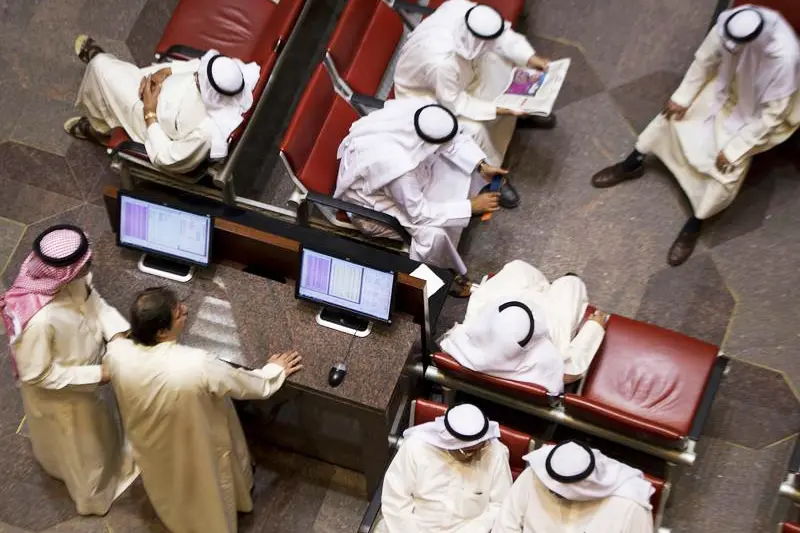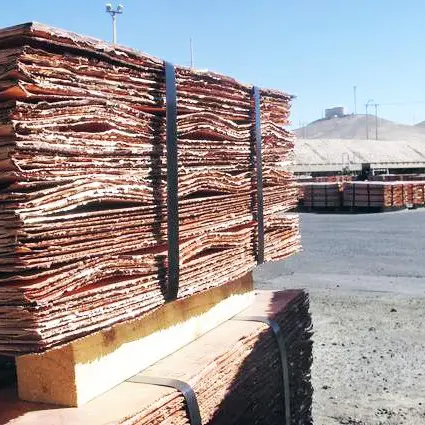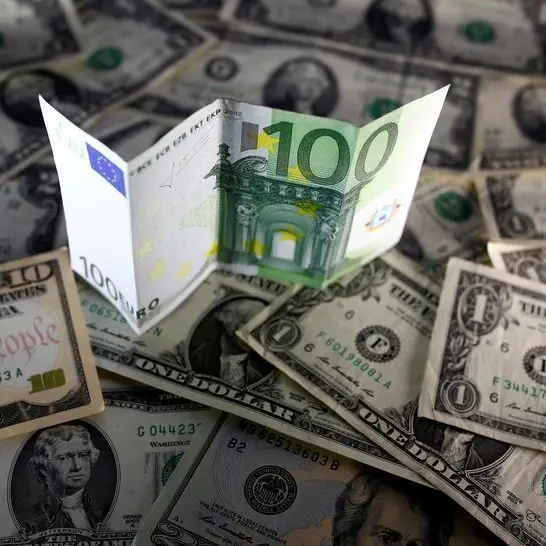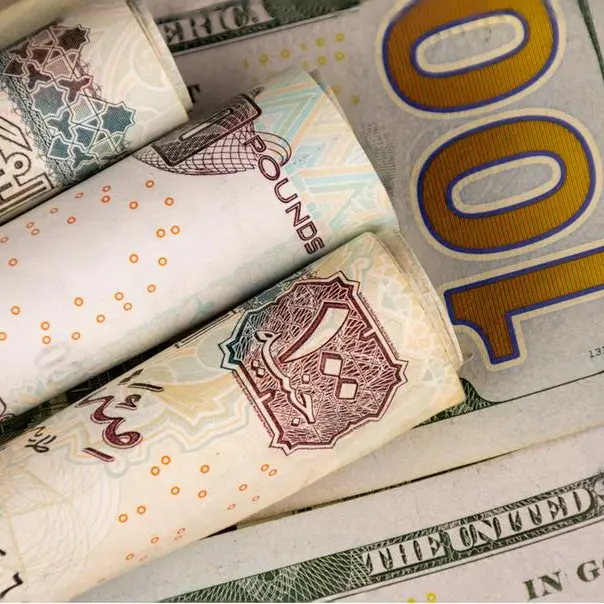PHOTO
Sunday, May 08, 2016
Dubai: A substantial increase in the cost of funds combined with liquidity squeeze is forcing regional banks and governments to source funding outside their home markets at wider spreads. The rising cost of funds is expected to hurt the profitability of Gulf banks, Arqaam Capital said in a recent report.
Although banks are expected to benefit from a rate hike in terms of gains in return on equity and net interest margins (NIMs) they are being offset by the higher cost of external funding.
“With credit growth slowing down, limited possibilities to boost net interest margins [given tightening liquidity], a market reduction in loan origination fees, banks can only reduce their operating expenses to shield themselves partially from the headwinds,” said Jaap Meijer, head of Research at Arqaam Capital.
Asset quality across the region’s banking sector is expected to deteriorate, as the reported non-performing loan (NPL) evolution is understating the underlying deterioration in asset quality. This is due to NPL write offs and lenders using some of the overprovisioning.
As economies slow even further and lending standards continue tightening, NPL formation is expected to accelerate.
“We see only limited possibilities to cushion profit and loss from the worsening asset quality, given the implementation of IFRS 9 by 2019, which forces the bank to provision on expected losses, rather than incurred losses,” said Meijer.
Banks have been bolstering their balance sheets with rich general provisions, and have been understating earnings (10 to 25 per cent) and capital ratios.
As a result profits may not worsen as much — if they slow the pace of additions to general provisions or would be allowed to dip into them in periods of stress.
Liquidity squeeze
As liquidity tightens across GCC banking sectors, most banking systems are tapping foreign markets.
Lower oil has impacted liquidity in banking systems but spreads are unlikely to widen significantly, at least in the UAE due to an improvement in oil prices, increased tapping of foreign markets, more relaxed liquidity standards and an increased credibility to achieve balanced budgets by 2020.
Across the GCC, domestic gross savings rates haves more than halved, with governments now becoming a significant borrowers rather than net savers.
This has reduced deposit growth more than proportionally, as part of the deposits were also finding their way into government.
Deposit growth across the region is expected to remain in the single-digit range.
The Arqaam report said that NPL formation had accelerated in the region since the third quarter of 2015, mostly affected by distress in the small-to-medium-sized enterprise (SME) segment in the UAE, with weakness in trade, logistics, commodity businesses and lower tourism.
Next in line is stress in the contracting space. NPL formation, on an annualised basis, hit 187 basis points (bps) in the UAE in the fourth quarter of last year, increasing from 59 bps in the previous quarter and 27 bps in the second quarter.
Even though comparable data is not available across the region, it appears that UAE seems to have experienced the highest NPL formation among Middle East and North African (Mena) countries.
NPL formation increased to 68 bps last year compared with reduction of minus 68 bps in 2014 — skewed by a strong recovery at Emirates NBD.
By Babu Das Augustine Banking Editor
Gulf News 2016. All rights reserved.























